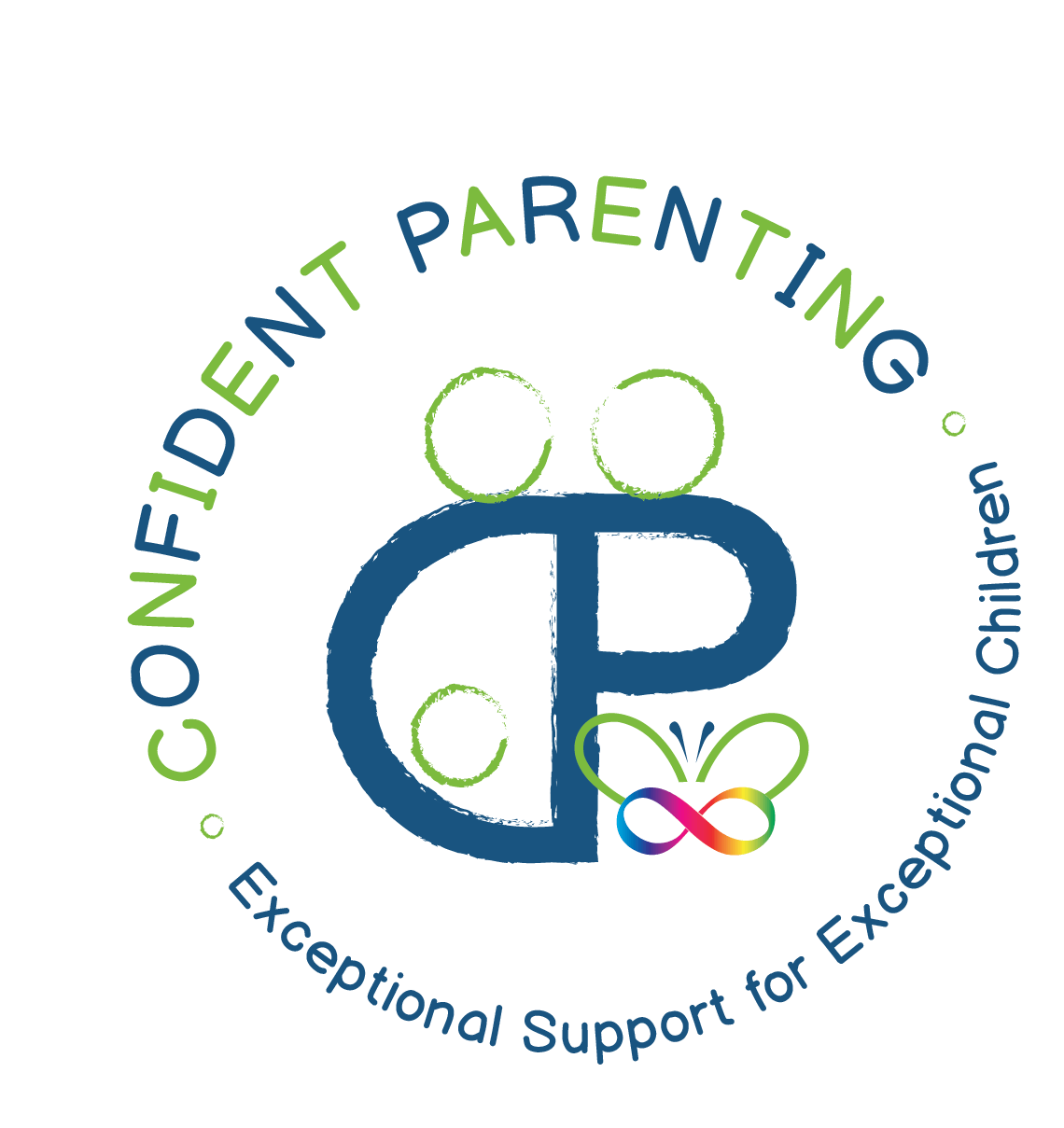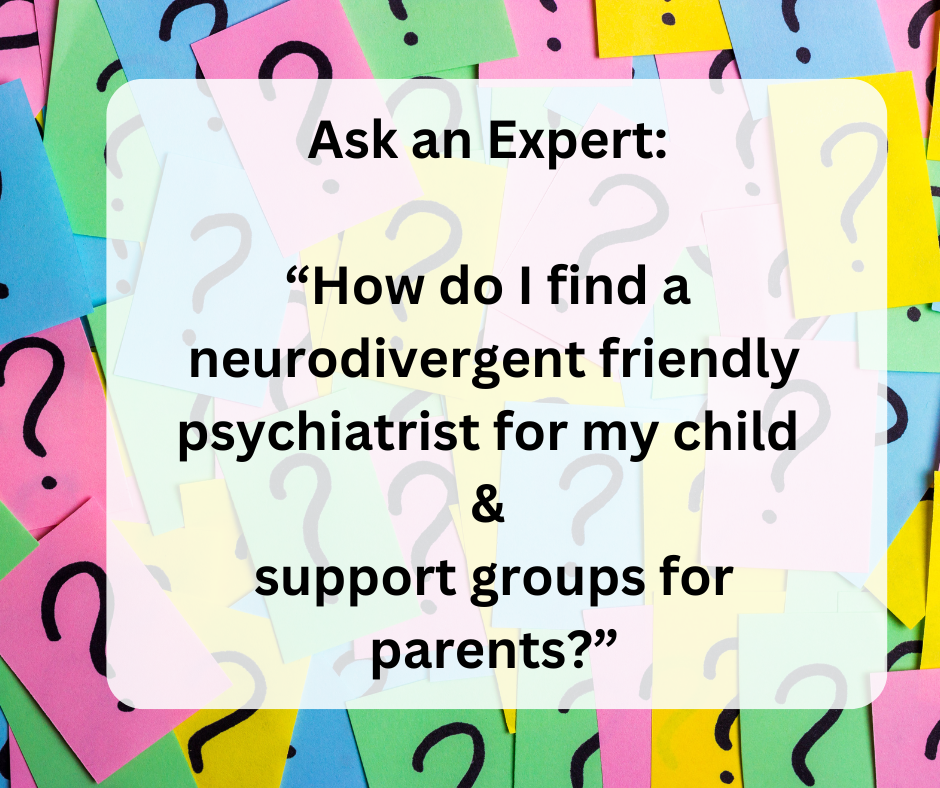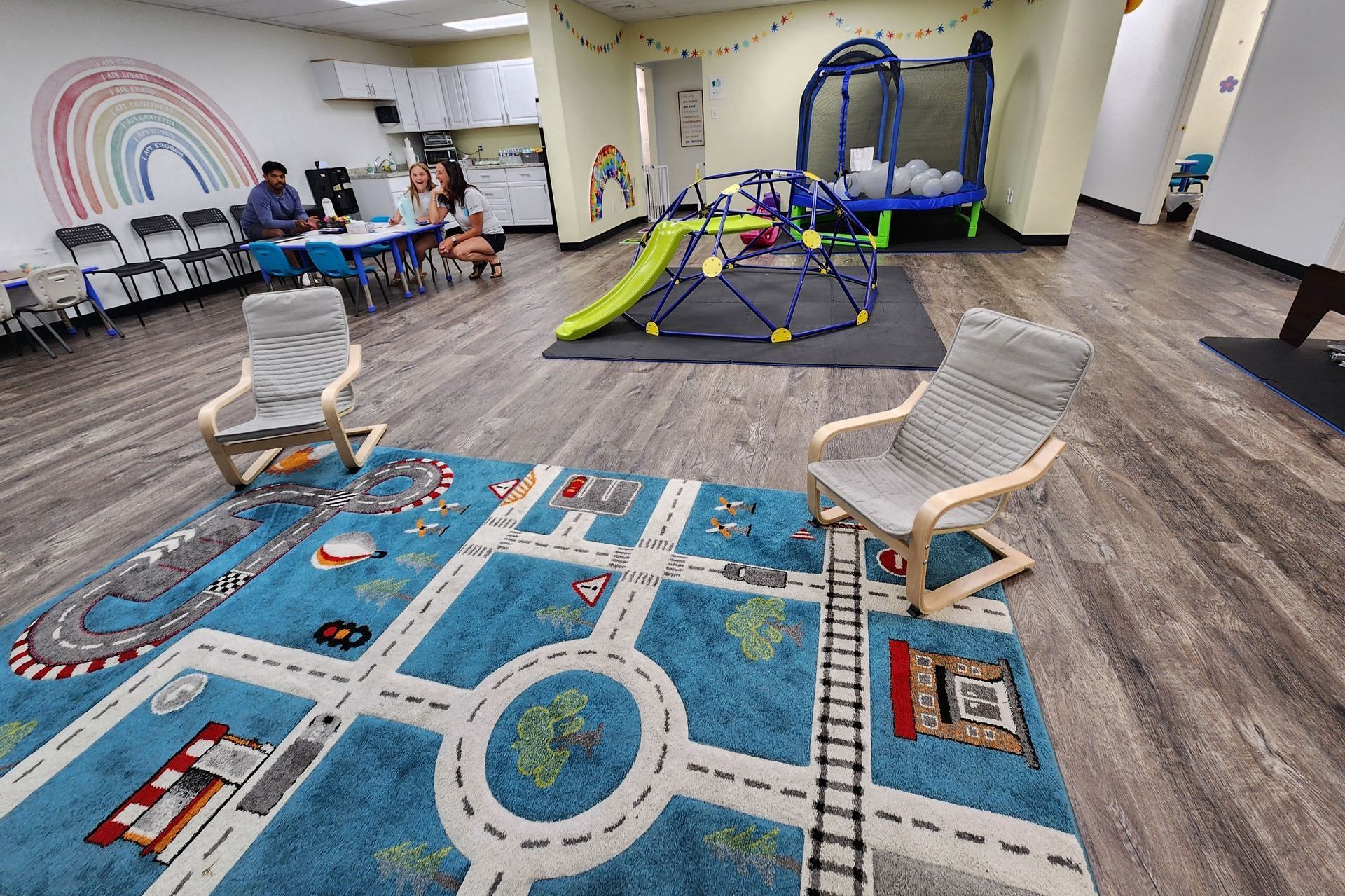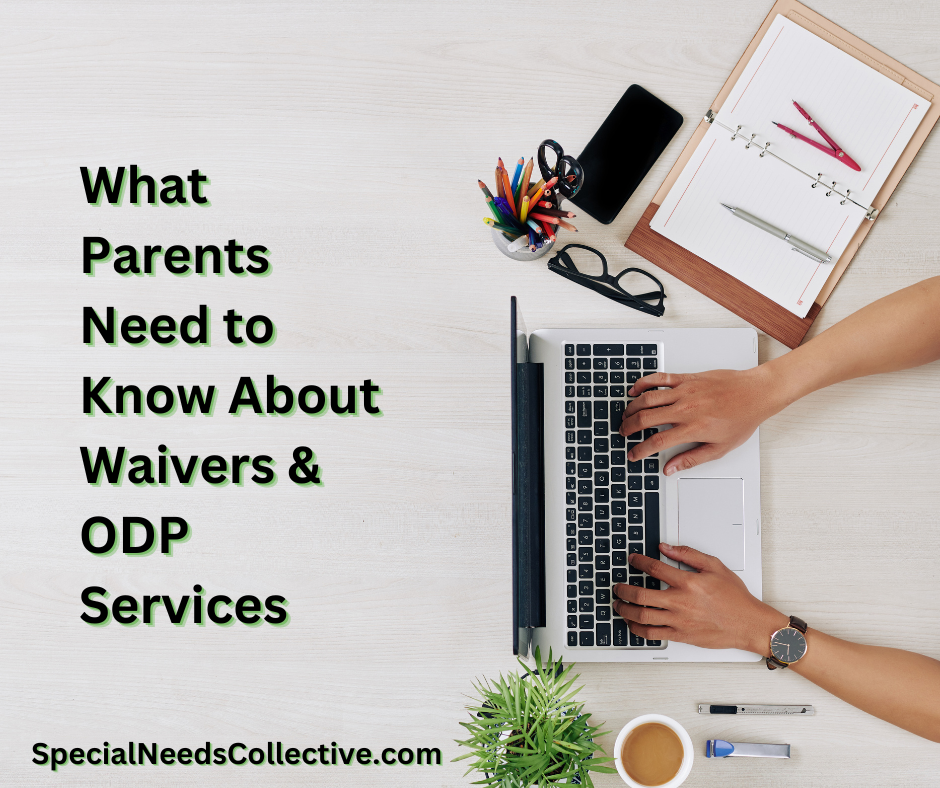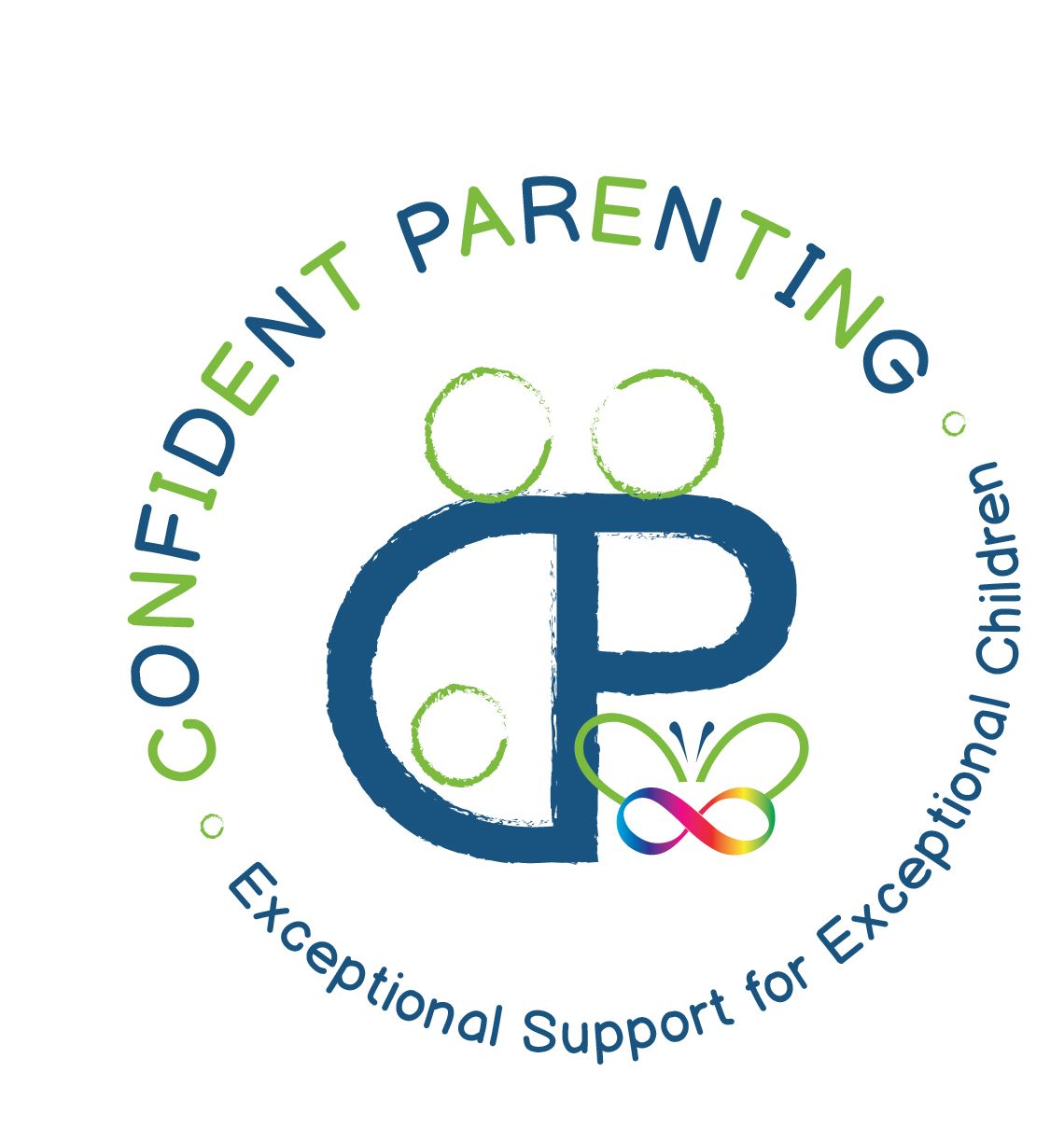Instilling a love for literacy and books is likely a goal you have as a parent of a young child. In the age of iPads, apps, and online games, it can be challenging to ensure that your child is exposed to the appropriate reading materials and books. However, research has shown that families who engage in literacy activities with their children are more likely to show signs of emergent literacy, or foundational skills such as recognizing letters, that build the strong basis for early reading and writing.
As your child’s first and most important teacher, readiness for school begins in the home, long before a child enters a formal classroom. Curious how you can help your child be ready to read and write? Here are 5 tips for making sure your home is a literacy-rich environment.
1. Make Books Accessible
Having lots of books available for book play and handling will give your child a jump start on print awareness skills, or an understanding of how print works. Make sure your child's books are easily reachable so they can look at them on their own or with support from a grown-up. You can create a reading nook with soft pillows, a bookshelf, and even a cozy canopy, or simply have bins of books in rooms around your house.
2. Read Together Regularly
Access to books is the first step but be sure to read aloud on a regular basis. Choose books that are developmentally appropriate for your child and interesting. Not sure what types of books to include in your home library? Check out 10 Book Categories To Include In Your Child's Home Library
to get you started. Intertwining reading into your daily routine, such as at mealtime or at bedtime, can turn these tasks into teachable, skill-building moments and strengthen the bond between you and your child.
3. Set Aside Time For Writing
Writing together is as important as reading. Involve your child in writing activities that you do on a regular basis such as making a grocery list or scheduling appointments in a calendar. Creating a family journal where everyone can share their thoughts and feelings is also a fun way to promote the foundations for early literacy.
4. Combine Literacy With Play
Provide books and other printed materials in your play spaces in your home. If your child has a kitchen set for pretend play, be sure to add things like menus, a cookbook, or small note pad which can encourage reading and writing while role-playing as a chef, waiter, or restaurant patron. This free printable
can accompany a doctor kit for literacy-skill building, or this art book
can inspire creativity at your easel.
5. Have Words And Numbers In View
Labeling toy bins, or shelves in your pantry, is an easy way to not only promote organization, but expose your child to words and print. Likewise, it’s beneficial to have numbers in your child’s view to encourage “reading” numbers. Clocks and calendars promote number recognition and help children gain planning and time management skills as well, which are essential components of executive functioning.
Sometimes creating a supportive home environment is not about what you are doing but about what you are not doing. It is important to limit screen time for both parents and children. If you are reading a book, your child is more likely to pick up a book too, to be like mom or dad. While online apps and games can be valuable learning tools, set aside a time for your child to use them. When the time limit is up, encourage reading, writing, and most of all – playing!
By incorporating these tips into your home environment and daily routine, you can help your child develop important early literacy skills prior to entering school. Remember, you are your child’s first and most important teacher, so start fostering a love for books, reading and writing today!
